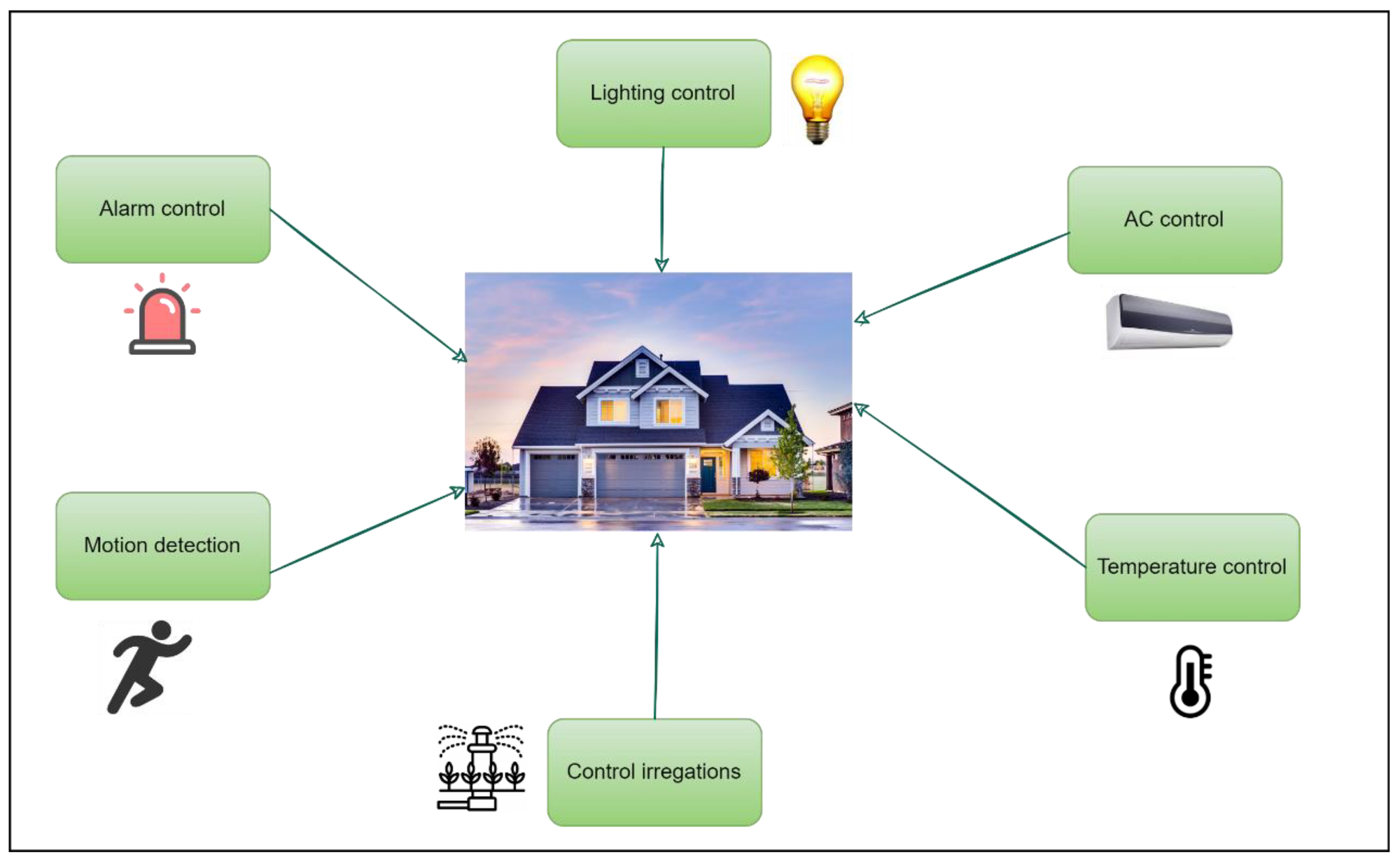Understanding IoT Devices: The Building Blocks of the Internet of Things

In a previous post, I introduced the concept of the Internet of Things (IoT), its history, key components, and its significant impact across various industries. Today, I'm going to delve deeper into one of the most critical components of any IoT system - the IoT devices themselves.
What is an IoT Device?
An IoT device is a piece of hardware with a sensor (or sensors) that transmits data from its environment. This hardware is connected to the internet and often includes technology that allows it to receive data as well. This capability of sending and receiving data makes these devices "smart" and distinguishes them from regular devices.
Types of IoT Devices
IoT devices come in a vast range of shapes and sizes, designed to perform various functions. Here are some of the most common types:
- Consumer IoT devices: These include smart home devices like smart speakers (Amazon's Alexa or Google Home), smart thermostats (like Nest), and smart appliances like refrigerators, washing machines, or ovens. Other popular consumer IoT devices include wearable tech like fitness trackers and smartwatches.
- Industrial IoT (IIoT) devices: In industries, IoT devices are used for a variety of functions, from monitoring machinery on factory floors to tracking assets in a warehouse. These devices help improve efficiency and safety.
- Infrastructure IoT devices: These devices help monitor and control urban and rural infrastructures like bridges, railway tracks, and wind turbines. They provide crucial real-time data that can be used for maintenance and safety purposes.
- Medical IoT devices: In the healthcare sector, IoT devices can monitor patients' health metrics remotely, provide medication reminders, or even alert healthcare professionals to emergencies.
How IoT Devices Work
The working principle of an IoT device revolves around the sensors it contains. These sensors collect data from their environment, which could be anything from temperature readings to the detection of movement. This data is then sent over the internet to a central system or platform where it is stored, processed, and analyzed.
Some IoT devices also have the ability to perform actions based on the data they receive. For example, a smart thermostat can adjust the temperature based on the readings it gets from its sensors, or a smart light can turn itself off when it detects that there is no one in the room.
In conclusion, IoT devices are the building blocks of the Internet of Things. They are the points of contact between the physical world and the digital world, gathering data and sometimes acting upon it. These devices, in their varied forms and functions, are what make the concept of IoT a reality.
In the next blog post, I'll explore IoT networking and connectivity – how these devices communicate with each other and us. Stay tuned to continue our journey into the fascinating world of IoT!